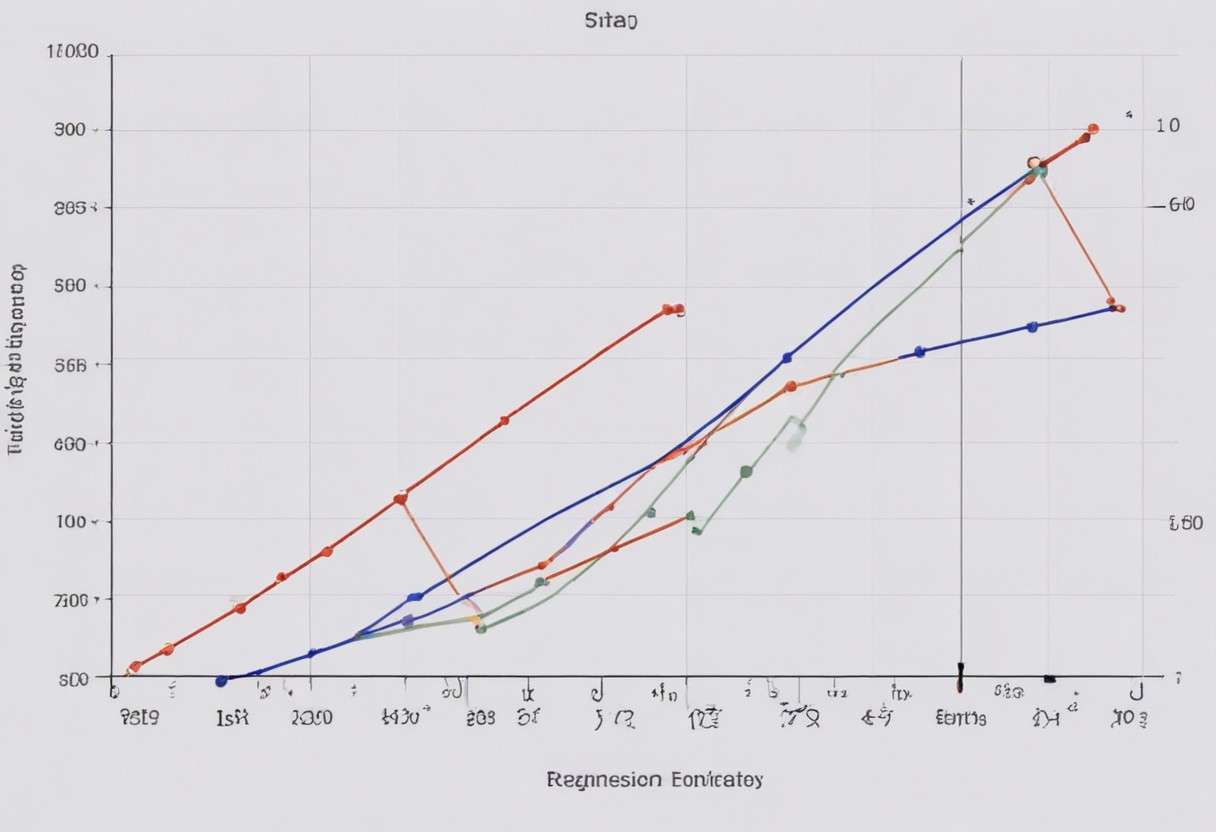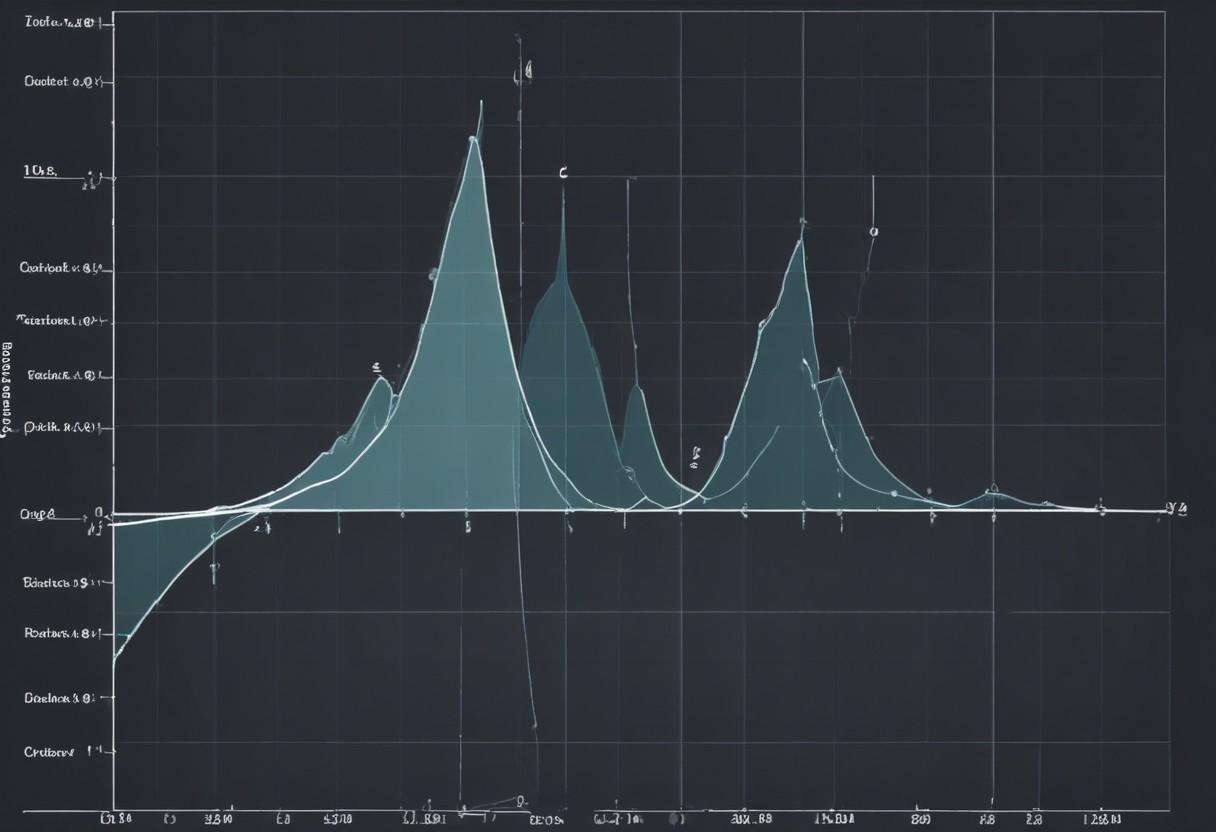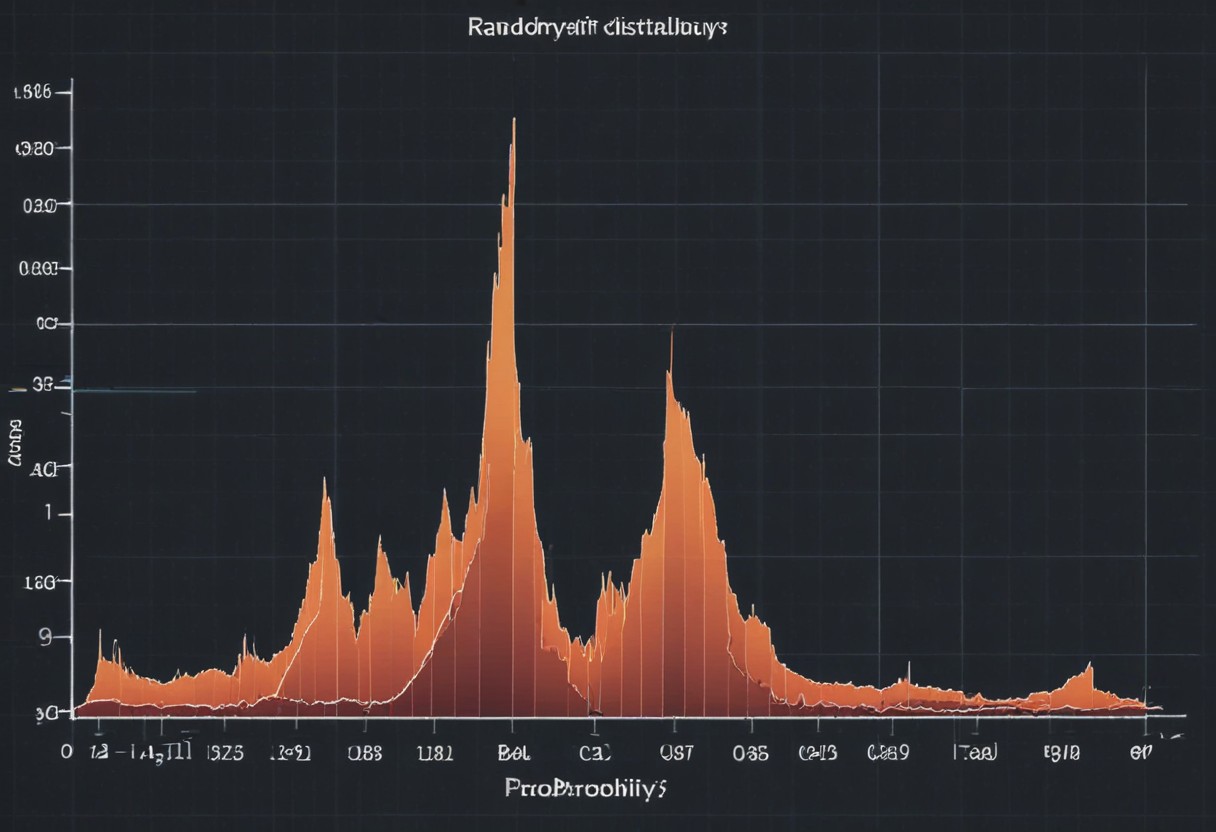Unlocking the Power of Applied Mathematical Modelling: From Theory to Real-World Impact
Introduction to Applied Mathematical Modelling


Mathematical Modelling is like the strength of Para Commandos of Army-it is powerful, versatile and essential for tracking and analyzing complex problems in various fields. But what actually is “Applied Mathematical Modelling” and why we are studying about it? In this article, you will get a deep knowledge about the world of mathematical modelling, its actual definition, importance, real-life applications, and much more than that.
Definition and Overview of Mathematical Modelling


Mathematical Modelling involves creating mathematical representations of real-world systems. These help us to understand, analyze, and predict the solution and behaviors with those complex systems. It is like building a replica or twin of ‘reality’, where complex equations and algorithms replace the physical components. It can be anything like predicting weather conditions by observing its pattern or optimizing logistics, among our technological arsenal, mathematical modelling is the invaluable and most vital tools.
Mathematical modelling is not just about analyzing and crunching with numbers it also requires blend of creativity, critical analysis, logical thinking, and technical abilities also. It isa modelling method which helps to turn complex or messy real-world problems into well-structured, understandable, solvable mathematical frameworks. This makes the mathematical modelling more challenging, interesting and rewarding.
Importance of Mathematical Modelling
For beginners, mathematical modelling allow us to make fix and informed decisions rather than any guesswork or something which we are not sure about. In the fields like medicine, economics and engineering, this defines the actual difference between efficiency and waste, success and failure, or even life and death.
Therefore, mathematical models can reveal the hidden patters, predict future trends, and can simulate scenarios for various difficult problems, that would be too costly or nearly impossible to test in the real world. Hence, Mathematical modelling helps us understand the world and its messed up scenarios more deeply and helps to navigate them in more efficient and effective way.
Historical Background of Mathematical Modelling


The roots of mathematical modelling is not new, it can be tracked back to ancient civilization. In the Earlier times astronomers, used basic geometric models and methods to predict the celestial events. After that come to the period of Renaissance, there we see the emergence of more advance and technical models in in physics and engineering.
Now, lets come to the 20th century, that brought about great revolution in mathematical modelling, including advancements in computing technologies. The complex or impossible problems and models which once took months or years to get solved and now it could be tackled within few seconds. This era saw a huge peak rise in several fields like research, biology, computational finance, all are heavily reliant on mathematical models.
Key Components of Mathematical Modelling
Mathematical Model creation involves several key components. Starting with problem definition i.e. identifying the main problem which needs to be solved. Second is formulation i.e. converting the problems or tasks to mathematical language, this also involves simplification of assumptions which makes the problem from tractable and easy to understand.
Once the formulation step is completed then we move to the next phase that is the solution phase where we apply mathematical techniques to find the solutions of the problems. Then the final step is the validation and interpretation-this will check that the solutions given by mathematical models are accurate and matching the real-world observations and scenarios and making the real sense of results.
Types of Mathematical Modelling
Physical Models


Physical models are those models which use physical laws to describe systems and to give solution of complex systems. Some examples of physical modelling include working in electrical circuits, fluid dynamics, and mechanical systems. They are also used in engineering and physics to design, analyze and give solution of complex systems in the complex or messed up situations.
Statistical Models


This type of model is made to analyze the data to identify relations and connections between the problems and make best suitable predictions. Some advance and very popular techniques also fall under this category like regression analysis and machine learning. Some of the fields where this type of model are used are economics, social science and biology.
Deterministic Models


These types of models assumes (or may have intuition) that the system’s behavior is determined by its initial conditions i.e. there is no space for randomness. Some of the most classic examples include: Newton’s Law of Motion and the latest and most traditional engineering models.
Stochastic Models


In contrast to Deterministic Models, Stochastic models have different kind of opinion it incorporates randomness and uncertainty. They are essential and crucial in several fields. Some of them are as follows: finance and epidemiology, where predictions are not valid i.e. unpredictability is a key factor. These type of models also use probability distributions and few random variables to describe the system behavior
The Process of Mathematical Modelling
Problem Definition
Formulation
Solution
Validation and Interpretation
Applications of Mathematical Modelling
Engineering
Economics
Biology and Medicine
Environmental Science
Social Science
Case Studies in Mathematical Modelling
Predicting Disease Spread
Optimizing Supply Chains
Challenge in Mathematical Modelling
Data Quality
Model Complexity
The Future of Mathematical Modelling
Advancements in Technology
Interdisciplinary Approaches
Conclusion
FAQs
Q1: What is applied mathematical modeling?
A1: Applied mathematical modeling involves creating mathematical representations of real-world systems to analyze and predict their behavior. It’s used in various fields like engineering, economics, and biology.
Q2: Why is mathematical modeling important?
A2: Mathematical modeling helps make informed decisions, reveal hidden patterns, predict future trends, and simulate scenarios, aiding in understanding and navigating complex systems effectively.
Q3: What are the main types of mathematical models?
A3: The main types of mathematical models include physical models, statistical models, deterministic models, and stochastic models, each suited to different types of problems.
Q4: What are some common applications of mathematical modeling?
A4: Mathematical modeling is used in engineering, economics, biology and medicine, environmental science, and social sciences to design systems, forecast trends, optimize processes, and analyze behaviors.
Q5: What challenges are associated with mathematical modeling?
A5: Challenges in mathematical modeling include ensuring high-quality data and balancing model simplicity with accuracy. These factors are crucial for developing effective and reliable models.



Addressing Controversies Surrounding NEET 2024: Insights from the Ministry of Education

“How to Create Interest in Maths: Unlocking the Magic of Numbers”


